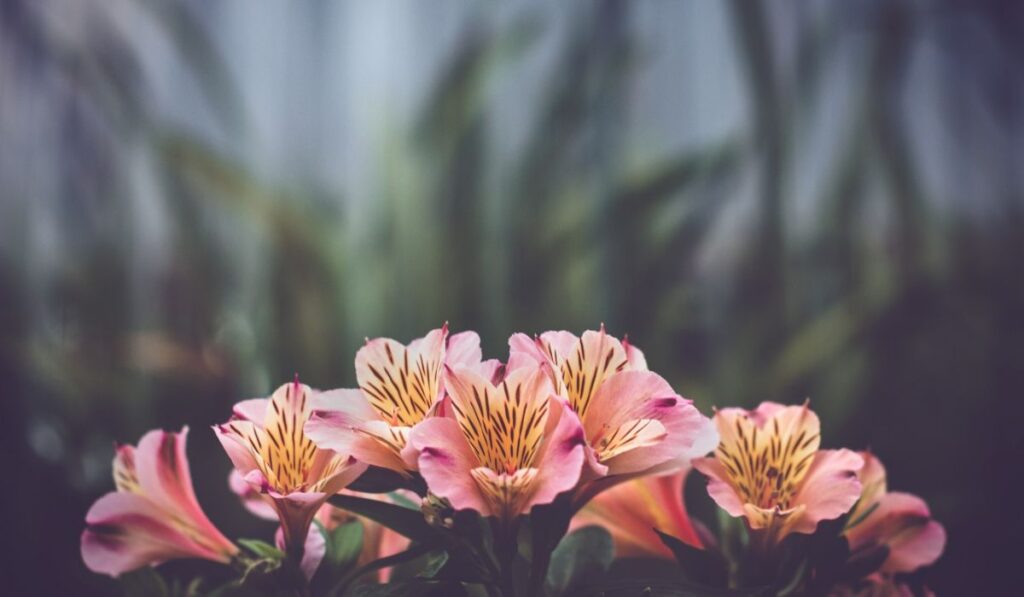An introduction to the Peruvian Lily
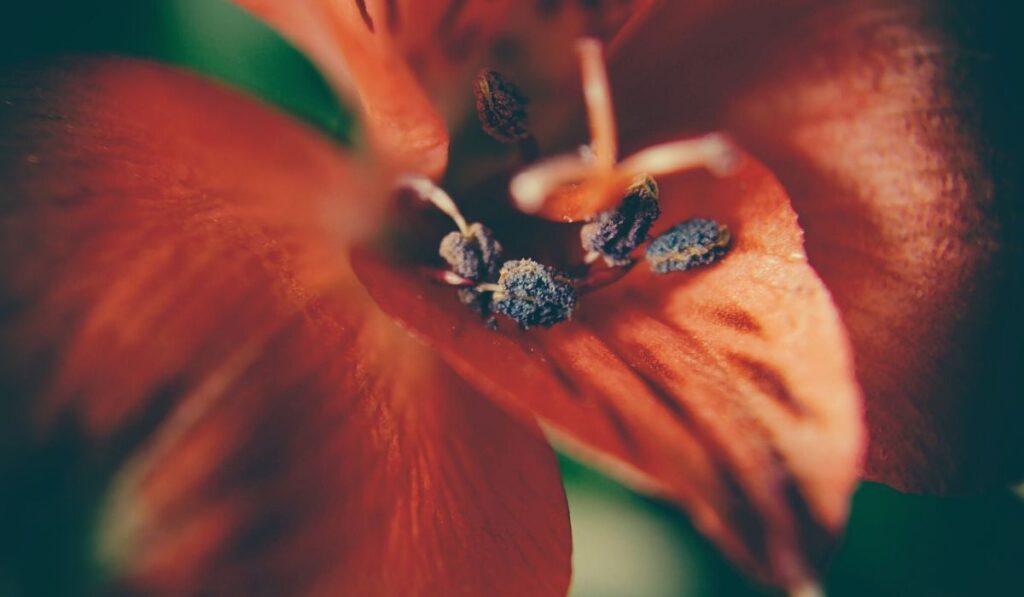
Let’s start at the beginning
It is no coincidence that Colombia offers the ideal production area to grow Alstroemeria, for it originally started to grow in nature in the Andes mountains. This flower of the Incas has a stem hard and it produces flower continuously making it a conscious flower for the environment. The plant continues to produce new blooming stems. Once a stem has reached production, it dies off to leave space for a new stem that is starting to grow.
Because of the origin in colder climate, the alstroemeria is best grown on a mountain. A warmer climate means soft stems that bend over. This is why Colombian Alstroemeria is seen as the best quality in the world. The flower has nice strong and hardy stems. The product grows in consistent volumes so there is no need to implement techniques or ‘flush’ the land to fulfil heavy peak demand.
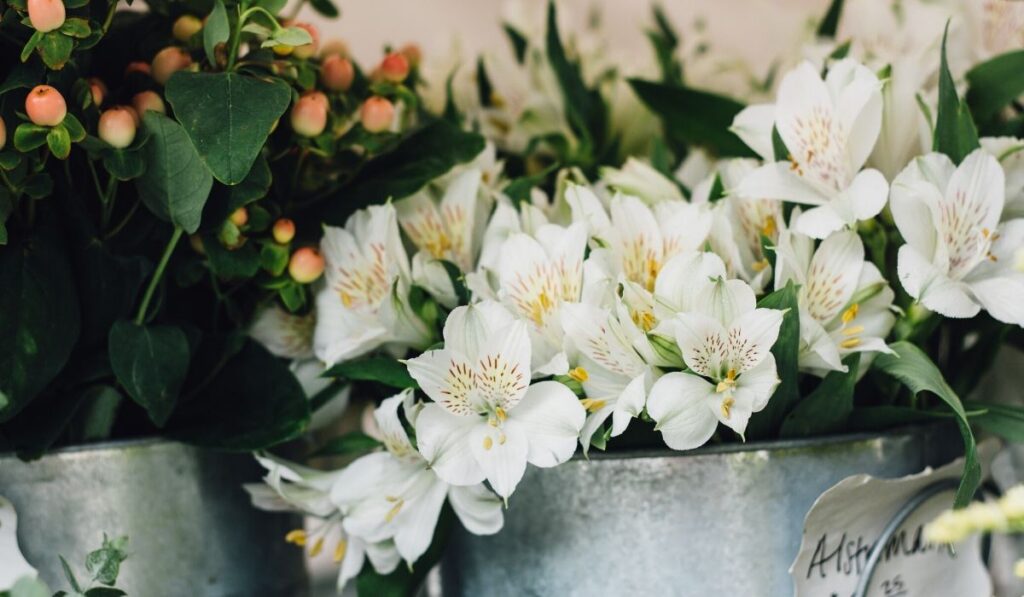
Buyer’s tip
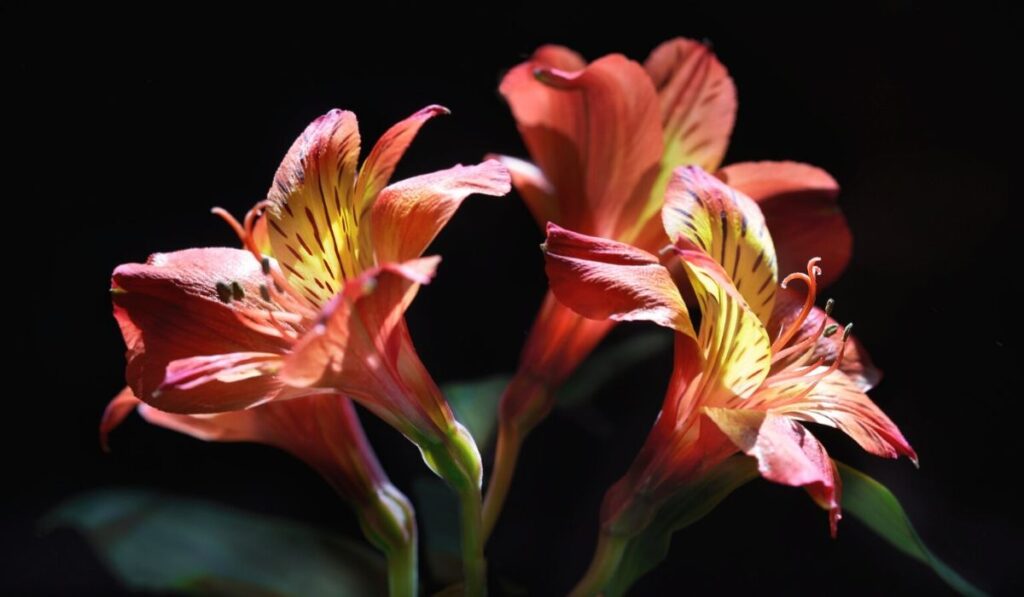
Treat me right
The flower stores well if treated correctly. No need to cut a big chunk from the bottoms. Just snipping them slightly, about 2 to 3 centimeters, is enough to let them have a good drink. Chlorine is the Alstroemeria’s worst enemy, so be careful with the vases you use. Don’t put chlorine or sugar in the water with the flower and make sure vase is cleansed thoroughly. They perform best with just clean, fresh water with your favorite kind of flower food to help extend the vase life.
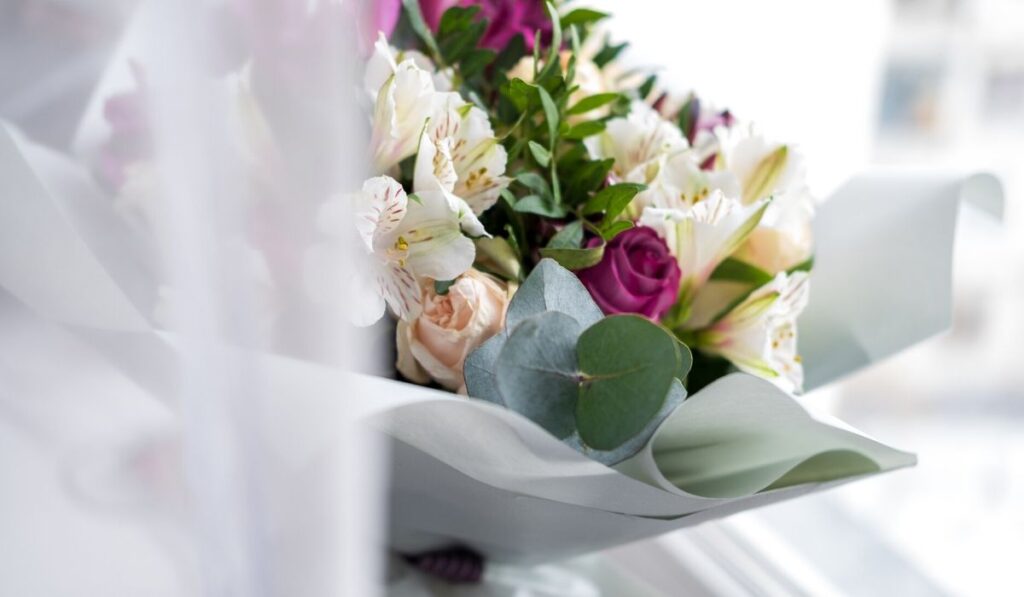
Are you picky?
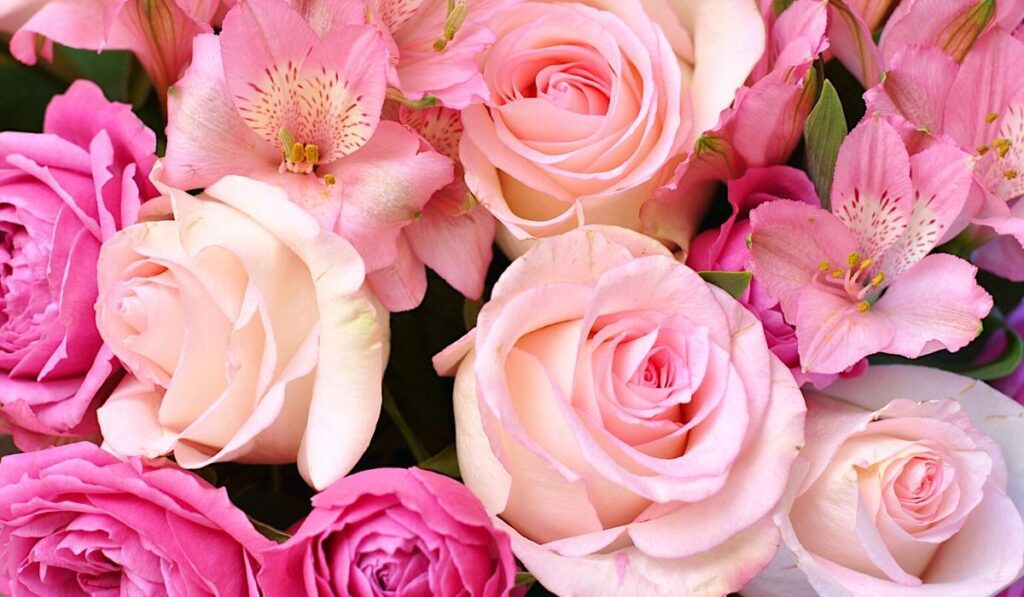
Combining the Alstroemeria
The Alstroemeria is a typical secondary flower, meaning it is no filler nor a focal. Because of the advanced quality of growing, the stems each have about 6 to 8 flowers which makes it a nice and full bunch. A vase filled with Alstroemeria stems only makes for an eye-catching table piece. It’s also interesting to use in bouquets. The good thing about using Alstroemeria in your arrangements is that it looks great with many flowers. The original varieties always had yellow in the middle which made it harder to combine. The yellow center made it a difficult flower to combine, for example at Christmas if the bouquet was mostly red. New varieties are much more solid colors, which have made it a more interesting flower for mixed bouquets and arrangements. New varieties have bolder, more vibrant colors that are solid and easy to combine and a bonus is that the flowers are getting bigger too.
If you are interested to hear about the Alstroemeria we have to offer, or are after more tips and tricks, don’t hesitate to ping us a message!

